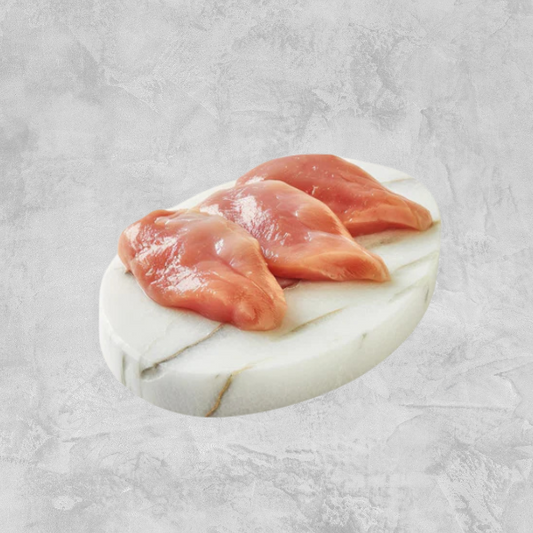Billecart-Salmon is one of the few remaining Champagne houses to be owned by the original family and was established in 1818 by Nicolas-François Billecart. Most of Billecart-Salmon's fruit comes from a small vineyard holding, though this is supplemented with grapes bought in from the Marne Valley and the Montagne de Reims. Meticulous production techniques, from the use of their own cultured yeast to its long, slow, cool fermentation, ensure that the family has 100 percent control of production.
Champagne is the most iconic sparkling wine in the world, produced in the region of Champagne in France. Synonymous with celebration, champagne is typically produced from a few specific varieties of grapes: pinot noir, chardonnay, and pinot meunier. With effervescent flavors of citrus, almond, and apple, champagne comes in varying levels of sweetness and has a moderate amount of alcohol. The most treasured Champagnes age for a minimum of 3 years.
The Champagne region is located 140 kilometres from Paris, France. While the vines in this region have been producing wine since the Roman era, it is only in the past couple of hundred years that winemakers began producing Champagne using méthode champenoise - the complex method that produces the style of Champagne the world knows and loves today.
Another important component of the production of champagne is the chalk and limestone soils which dominate the Champagne region. Vines grown in these conditions result in wines that are high in acidity - a key component to making good sparkling wine. Champagne's northerly location - about as north as grapes can ripen - also allow for higher acidity and lower alcohol levels which are also very important for producing quality sparkling wine.




